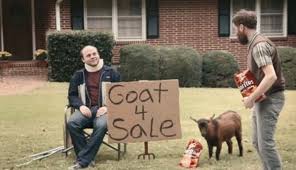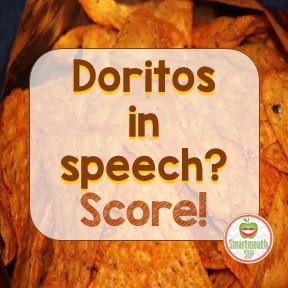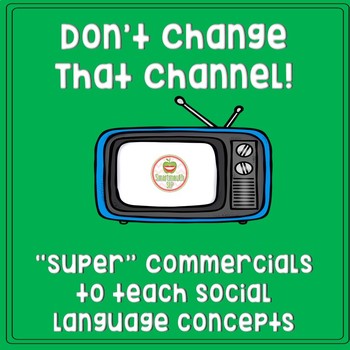
Finding materials to work on social language skills can be a bit tricky. I love looking through Pinterest posts, teachers’ amazing blogs and seeing other therapists creative techniques in action. The school system I work for is really trying to get ahead of the social language curve this year, especially with the changes to the DSM 5 criteria for Autism Spectrum Disorder and the newly minted Social Communication Disorder. The topic of discussion among many therapeutic and parent communities is that we now have SCD as a diagnosis which occurs in about 10% of the formerly diagnosed children with autism, and a bit higher in the population diagnosed with PDD-NOS. However, there was not a lot of information regarding treatment guidelines for those meeting the SCD criteria. While I am glad the medical community is considering the broader range of social communication impact (including add, tbi, non-verbal ld, and anxiety disorders), as a parent, I would be a bit frustrated to be handed this diagnostic information with no road map as to how to help my child develop their strengths and support their limitations!
Social language moves fast, and gets faster the older the child gets. Learning how to read other people in real time is hard when you are trying to process personal space, spoken language (including sarcasm), non-verbal cues, intonation, eye contact, topic maintenance, joining a group, ending a conversation, asking connecting questions, using humor, mirroring body language of your peers and rules that change subtly across environments and without explicit rules (I can call my brother “dude” but not my teacher). Did you even realize that we do all of that without really thinking about it, day in and day out? No wonder our kids with ASD and SCD have a hard time navigating a social world.
A very bright high school student I worked with who was diagnosed with ASD (a former Aspergian), figured out if he could learn how the flow of a conversation went without the person actually being in front of him, that could work. He started with online chat rooms (careful there) to understand the give and take of conversation. When he felt comfortable with that, he practiced standing with people he felt safe with (family, teachers) and worked on his non-verbals, standing in a comfortable proximity, looking at the person he was talking to, and being aware of his anxiety levels in conversation before he became overwhelmed. He was a genius and it worked well for him. Video modeling has also been helpful to show people how the social world works. I am always cautious in showing negative examples as some of my students LOVE to model attention seeking behavior and/or don’t discern the difference between attention for positive and negative behaviors and the outcomes.
Commercials and movie clips work so well for these teachable moments, especially commercials without a lot of spoken language for inferences. Wing Clips is a website that has short movie clips dealing with many social concepts, and is more appropriate for older students and adults. My favorite commercials include Super Bowl winners such as the Dorito’s screaming goat from a few years back. Sonic restaurant has some wonderful, short commercials for common sayings, misinterpretations and non-verbal cues. There is a new TV show coming this fall titled “Selfie” which deals with a young woman learning how to relate to other people appropriately- social language gold! And not to be missed is my old standby, Sheldon Cooper and The Big Bang Theory, which facilitates great conversations about what works and why. One last thought, before you share any social media lessons, PREVIEW IT FIRST. You do not want your first social language lesson to involve calling parents to explain what you inadvertently taught their child in school today…been there, done that!



